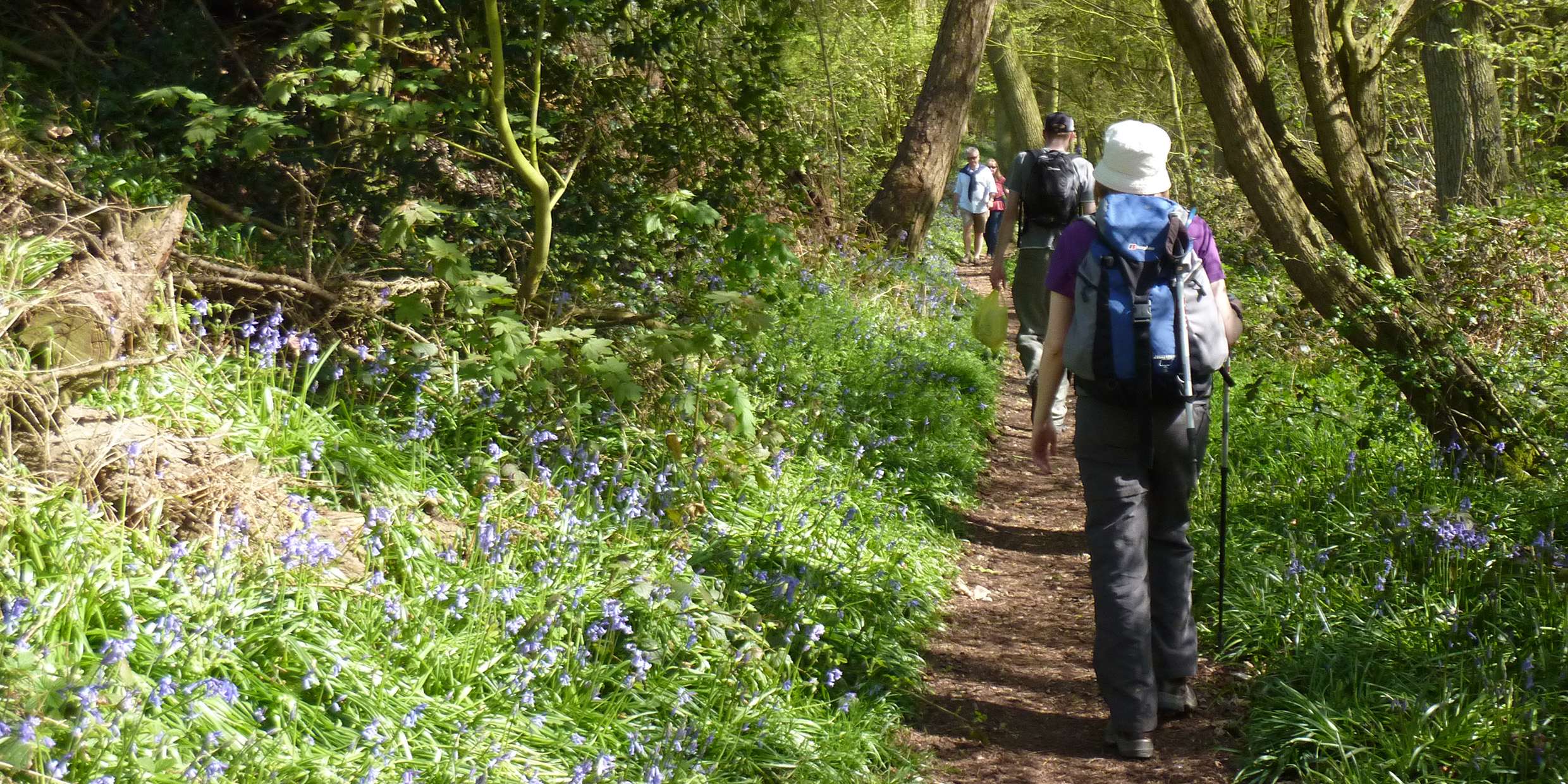Originally published 29 May 2005
In the fall of 2003, I walked across southeastern England along the Prime Meridian, the line of zero longitude. I started at the English Channel, near Brighton, then trekked north until I hit the North Sea, about 185 miles as the crow flies. My path took me near Charles Darwin’s home in Kent, Isaac Newton’s Trinity College in Cambridge, and, of course, the Royal Observatory in Greenwich, which since 1884 has set the standards for the world’s maps and clocks.
And that’s just for starters. It would be hard to imagine a walk any place else in the world that would take me close to so many places of scientific interest.
Before leaving the US, I armed myself with Explorer Series maps from the British Ordnance Survey, easily available over the internet. The maps highlight public footpaths in green. Most of these public rights-of-way are on privately-owned land, and many have been in place since the Middle Ages. They are protected by law and the fierce advocacy of English ramblers.
As an American, I was astonished by the number of public footpaths that web the English countryside. During my walk, I was seldom forced onto paved roads, and never found it necessary to depart more than a few miles from my chosen course.
I began trekking at the Prime Meridian Monument on the white chalk cliffs above the Channel. My first half-mile took me through the compactly built-up village of Peacehaven. Then — another step — and I was in countryside. Utterly rural. No strip malls, no straggling commercialization, no McMansions on acre lots. Nothing but 8 miles of rolling rural hills and dales until I reached the well-defined boundary of the town of Lewes.
An American has a hard time getting used to the way the British have preserved their near countryside. Of course, we have access to a kind of wilderness that is unknown in Europe, especially in the American west where tens of millions of acres of land are in public ownership. And we have splendid urban parks. But we have little unspoiled countryside near our towns and cities. Americans build were we want, do what we want with private land, resent restrictions. We let our towns or cities sprawl one into the next, strip-malling every highway. By contrast, the British rigorously assert a separation of town and country.
And much of that lovely unspoiled British countryside is open for walking — if one sticks to the green lines on the map. Not even the rich and famous can keep the public off their land if a right-of-way has been established by tradition.
What I found on my walk across southeastern England is the charmingly rural countryside of Winnie the Pooh, Wind in the Willows, and Watership Down. Those fictional landscapes are based on real places that pretty much remain as they were when Milne, Grahame, and Adams wrote their famous books. Winnie’s “Pooh-sticks Bridge” was along my path.
I met many English people tramping the downs and dales with tweed caps, wellington boots, and blackthorn walking sticks; these are a people who take the countryside seriously. I never once encountered anything but kindness from strangers. And as if by magic or design, there was always a village with a quaint country pub just when I needed refreshment.
And more. The Countryside and Rights of Way Act of 2000 has opened up vast tracts of privately owned mountain, moor, heath, down, and commonage to walkers. “Right to roam,” the legislation is called. All of the newly accessible lands will be so designated on maps, and much of it is within walking distance of cities and towns. Just this past week, huge swathes of Northcumbria, Cumbria, North Yorkshire, and Wales were added to maps. By the end of the year, 5000 square miles of previously unaccessible land will be open for walking.
Other European countries either have right-to-roam legislation or will soon follow suit.
I completed my walk envious of the English balance of private property rights and rights of public access, a balance assiduously lobbied for and protected by the Ramblers Association. A similar system would never work in America, where private interests generally trump the common good, but I came home more determined than ever to write on behalf of whatever near countryside is left.
One bright day during my Prime Meridian trek, I followed in Darwin’s footsteps from his home in the picturebook village of Downe to one of his favorite walking destinations, the escarpment of the North Downs that looks out across the broad valley called the Weald. Much has changed in the Weald since Darwin’s time. There are new towns, a major international airport, commercial parks. But from the vantage point of the escarpment, I would guess that the view hasn’t changed all that much since Darwin’s time, so successfully have the English confined development to localized centers, keeping the remaining countryside unspoiled.



